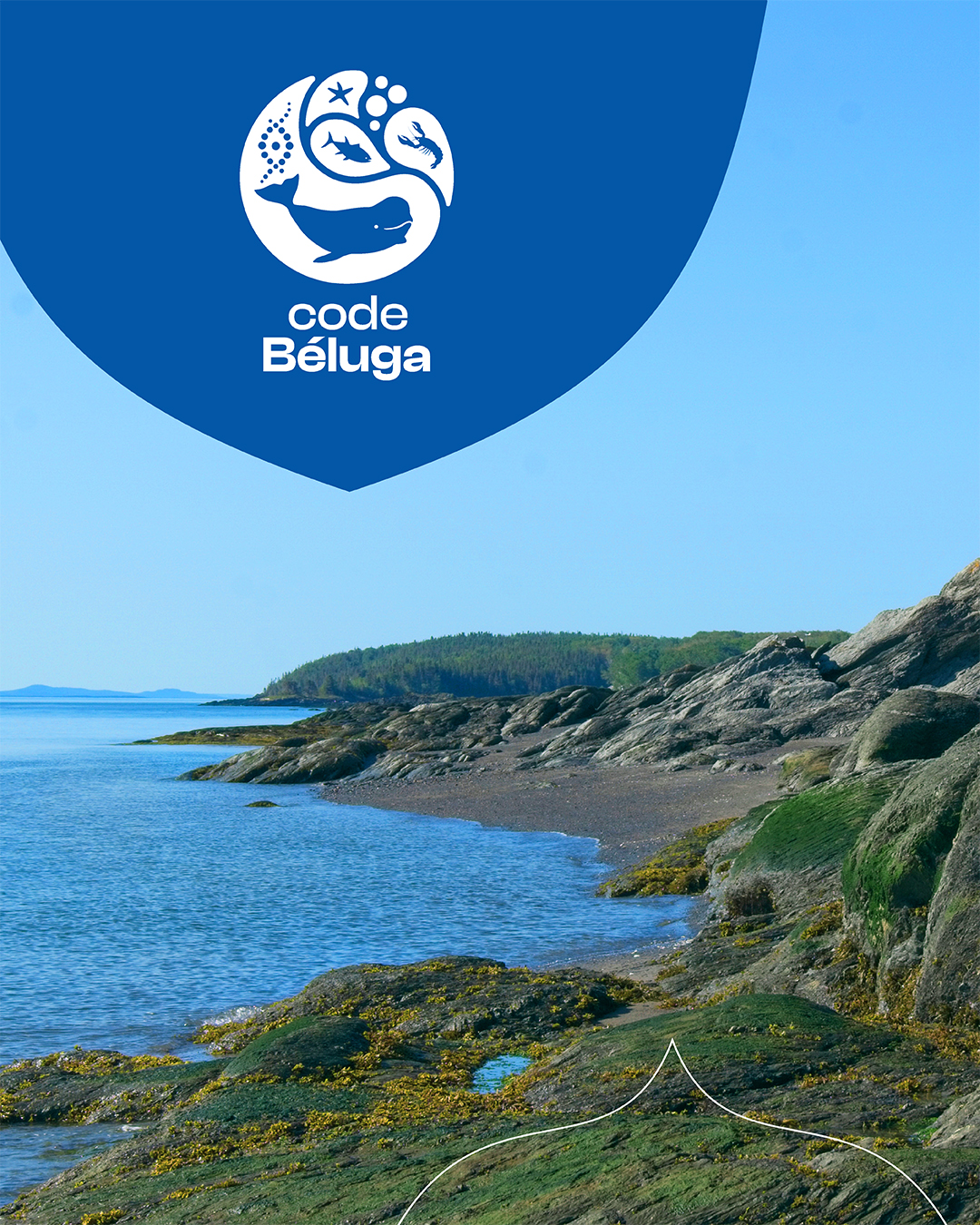- Overview of the community science project, Code Béluga, and its objectives.
- Importance of environmental DNA (eDNA) in conservation biology.
- Details of sampling locations and methodology used by the Biodôme and Genome Quebec.
- The role of community involvement in scientific research.
- Impact of the project on beluga whale conservation in the St. Lawrence River Estuary.
The Code Béluga project represents a collaborative effort between the Biodôme and Genome Quebec, aiming to engage the community in collecting environmental DNA (eDNA) samples from the St. Lawrence River Estuary. This initiative highlights the increasing importance of public involvement in scientific research. Participants will join experts to gather water samples rich with genetic material, offering insights into the biodiversity of these aquatic ecosystems.
Environmental DNA is a groundbreaking tool in conservation biology. It refers to genetic material shedding naturally by organisms into their environment. By analyzing these traces, scientists can detect the presence of various species without needing physical sightings. This method is particularly useful in monitoring elusive or endangered species like the beluga whale. Collecting eDNA allows researchers to assess species distribution, population dynamics, and ecological interactions efficiently.
On May 22, water samples will be collected from La Malbaie and Cacouna. La Malbaie, located at the Centre Écologique de Port-au-Saumon, provides a diverse habitat for numerous species and offers a rich tapestry of aquatic life to study. In Cacouna, at Pointe de Cacouna Ktopeqonok, participants will explore another significant area of the estuary. These locations are strategically chosen for their ecological significance and accessibility.
The following day, the project moves to Tadoussac and Rimouski. Tadoussac, home to the Centre d’interprétation des mammifères marins, is renowned for its marine mammal presence, providing crucial data for understanding beluga behavior and habitat use. Rimouski’s Parc national du Bic, with its unique coastal landscapes, further enriches the data with its distinct biodiversity.
Community science initiatives like Code Béluga emphasize the critical role public participation plays in advancing scientific knowledge. By involving citizens directly in research processes, these projects not only raise awareness but also empower individuals to contribute meaningfully to environmental conservation. Participants gain hands-on experience, deepening their understanding of local ecosystems and the challenges they face.
The primary focus of the Code Béluga project is on the conservation of beluga whales, a species facing numerous threats in the St. Lawrence River Estuary. Pollution, climate change, and human activities have put immense pressure on their populations. By gathering eDNA data, the project aims to provide vital information on beluga distribution patterns, inform management strategies, and enhance conservation efforts.
The observational data gathered from these sampling events will be crucial in shaping future policies and measures to protect beluga habitats. This project sets a precedent for how science and community engagement can work hand-in-hand to preserve natural environments. Through this collaborative approach, the project seeks to foster a conservation-minded community well-equipped to tackle ecological challenges.
Ultimately, the educational aspect of Code Béluga cannot be overstated. As individuals partake in these events and learn about genetic technologies and conservation strategies, they become advocates for sustainable practices and the protection of vital ecosystems. The enthusiasm generated through this project will hopefully inspire broader public interest and involvement in environmental stewardship for years to come.
*****
Source Description
Le 22 et 23 mai, venez rejoindre l’équipe du Biodôme et de @genomequebec aux abords de l’estuaire du Saint-Laurent pour prélever des échantillons d’eau contenant de l’ADN environnemental dans le cadre du projet de science participative code Béluga.
Dates et lieux des échantillonnages🧪
📅 22 mai de 9h à 14h:
📍 La Malbaie | Centre Écologique de Port-au-Saumon
📍 Cacouna | Pointe de Cacouna Ktopeqonok
📅 23 mai de 9h à 14h:
📍 Tadoussac | Centre d’interprétation des mammifères marins
📍 Rimouski | Parc national du Bic
Suivez le lien dans la bio @espacepourlavie pour connaître tous les détails sur le projet.
*****
On May 22 and 23, join the Biodôme and @genomequebec teams on the banks of the St. Lawrence River Estuary to collect water samples containing environmental DNA as part of the code Béluga community science project.
Sampling dates and site 🧪
📅 May 22, 9 a.m. to 2 p.m:
📍 La Malbaie | Centre Écologique de Port-au-Saumon
📍 Cacouna | Pointe de Cacouna Ktopeqonok
📅 May 23, 9am to 2pm:
📍 Tadoussac | Centre d’interprétation des mammifères marins
📍 Rimouski | Parc national du Bic
Follow the link in @espacepourlavie bio for more details on the project.
@cepascharlevoix @reseausepaq @parcnationalbic @lamalbaie @jaimetadoussac @gremmbaleine @villerimouski


